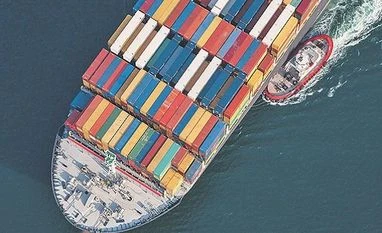India had been taking the lead towards increasing the trade among South Asian neighbours for the past few decades, without much success. In 2005, the then prime minister talked of integrating the Indian economy with the other Asian countries. Thereafter, trade agreements were negotiated with Thailand, Singapore, Malaysia, Japan, South Korea, and 10 countries of the Association of South East Asian Nations (Asean), besides trade agreements with some countries in Latin America. The usefulness of these agreements were questioned and reviewed by the new government in 2014.
The commerce ministry’s Foreign Trade Policy Statement 2015 said the impact analysis revealed a relative lack of awareness on the part of industry and business about the benefits that can be drawn from FTA, indicating the need for a strong outreach programme. Industry is not adequately oriented towards using such FTAs to find new markets and new products for business except when they adversely affect their business, said the statement.
The Economic Survey 2020 went into greater details on whether the trade agreements have benefited the country. It came to the conclusion, after due analysis, that from the perspective of trade balance, India has clearly “gained” in terms of 0.7 per cent increase in trade surplus per year for manufactured products and of 2.3 per cent increase in trade surplus per year for total merchandise.
In 2017, the commerce ministry said India would continue to engage in the Regional Comprehensive Economic Partnership (RCEP) negotiations, with China, Japan, South Korea, Australia, New Zealand, plus ten Asean countries. Last year, India opted out of the negotiations on the grounds of national interest.
The Foreign Trade Policy Statement 2015 identified China as India’s most important trading partner in North East Asia. It said engagement with China required a comprehensive approach on trade, investment and economic cooperation issues and so, India will seek Chinese investment in boosting India’s manufacturing capacities in industrial parks, special economic zones, and national investment and manufacturing zones etc. And it will seek to operationalise the five-year development programme for economic and trade cooperation that lays out a road map for comprehensively deepening and balancing bilateral economic engagement.
A memorandum of understanding for industrial parks has been signed with China, said the statement. The mid-term review of 2017 repeated the same words. There was no mention of trade deal with the US in both the documents. The documents made only a passing mention of India-EU BTIA (Broad-based bilateral Trade and Investment Agreement) under negotiation since 2007.
Now, the government is playing down its trade relations with Asian countries with more noises about de-coupling from China, unrewarding trade agreements with Asian economies and merits of staying away from RCEP and talking up its trade relations with US and Europe. Its ‘Act East’ policy is giving way to ‘Welcome West’ plan. On trade relations, it may be more symbolic than substantial.
email: tncrajagopalan@gmail.com
To read the full story, Subscribe Now at just Rs 249 a month
Already a subscriber? Log in
Subscribe To BS Premium
₹249
Renews automatically
₹1699₹1999
Opt for auto renewal and save Rs. 300 Renews automatically
₹1999
What you get on BS Premium?
-
Unlock 30+ premium stories daily hand-picked by our editors, across devices on browser and app.
-
Pick your 5 favourite companies, get a daily email with all news updates on them.
Full access to our intuitive epaper - clip, save, share articles from any device; newspaper archives from 2006.
Preferential invites to Business Standard events.
Curated newsletters on markets, personal finance, policy & politics, start-ups, technology, and more.
Need More Information - write to us at assist@bsmail.in
)